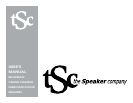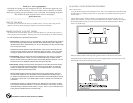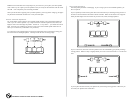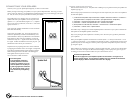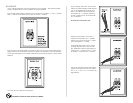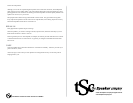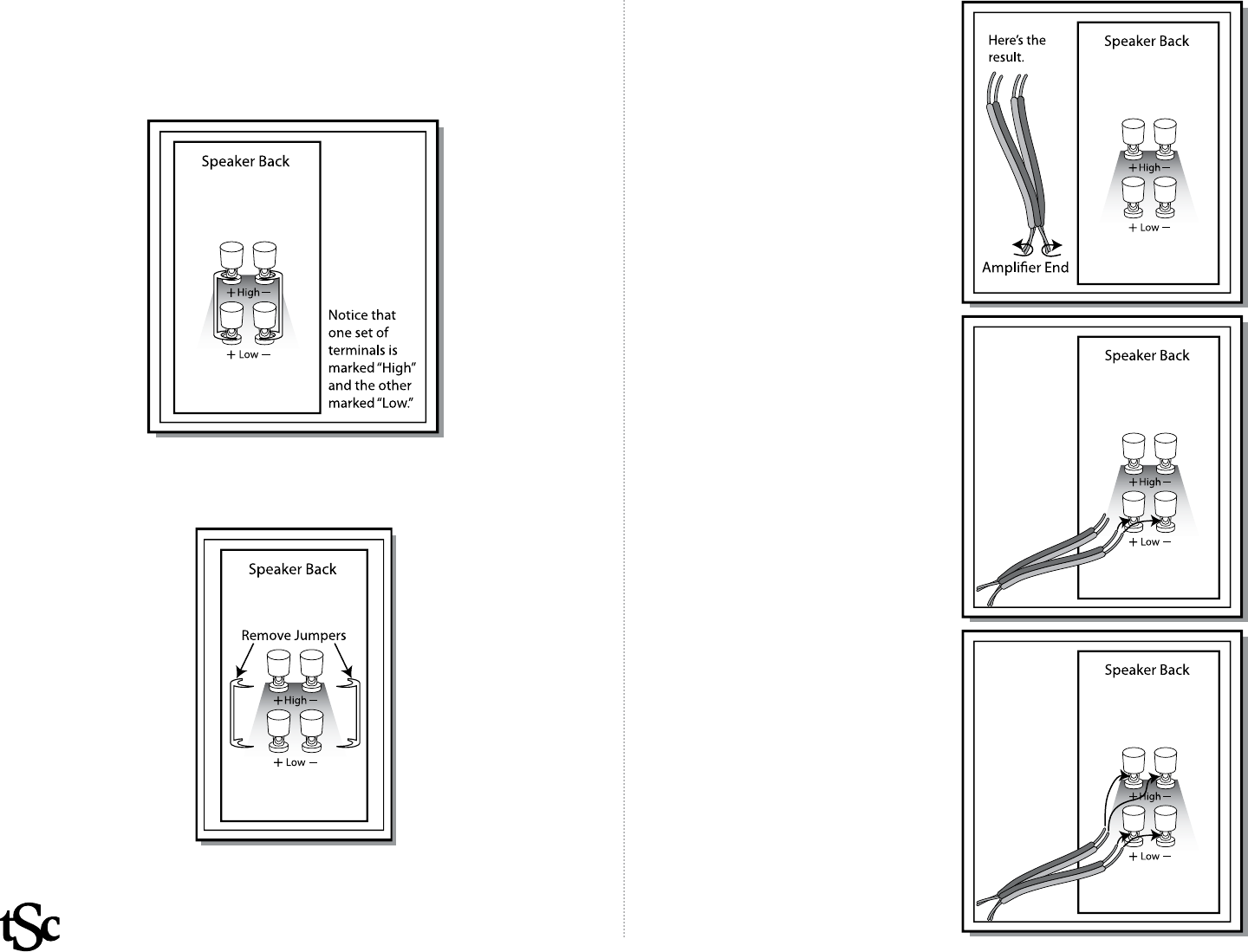
Bookshelf / Center Channel / Surround: PAGE 5
Bi-WiRing
As we’ve already mentioned, some of our speakers are “bi-wire capable.” This means the speaker
system is designed to allow two runs of speaker wire from the amplier.
The rear panel of these speakers includes two sets of connections, each with a “+” and a “-“ terminal.
Both “+” terminals are connected with a jumper, as are both “-“ terminals.
If you are using conventional speaker wire and do not wish to bi-wire, do not remove these jumpers.
Simply choose one set of terminals and connect the speaker to the amplier as previously described .
You can pick either High or Low terminals. Because they’re joined by the jumpers, it doesn’t make a
difference.
If you want to bi-wire, rst remove the jumpers.
If you’re making “home-brew” bi-wire cables,
measure two identical lengths of dual conductor
wire. At the amplier end of each pair, strip
about ¾” of insulation from each conductor.
Then connect the “+” conductors together by
twisting or soldering them. Do the same with
the “-“ conductors.
Do not do this at the speaker end!
Observing proper polarity, connect both “+”
conductors (now joined) to the “+” amplier
terminal. Then connect the joined “-“ conduc-
tors to the amplier’s “-“ terminal.
At the speaker end of each wire run, connect
one length of speaker wire to the Low termi-
nals. Remember to observe proper polarity by
connecting the “+” conductor to the “+” termi-
nal and the “-“ conductor to the “-“ terminal.
Now do the same thing with the other length of
speaker wire but this time connect the conduc-
tors (“+” to “+” and “-“ to “-,“ of course) to the
High terminals.



